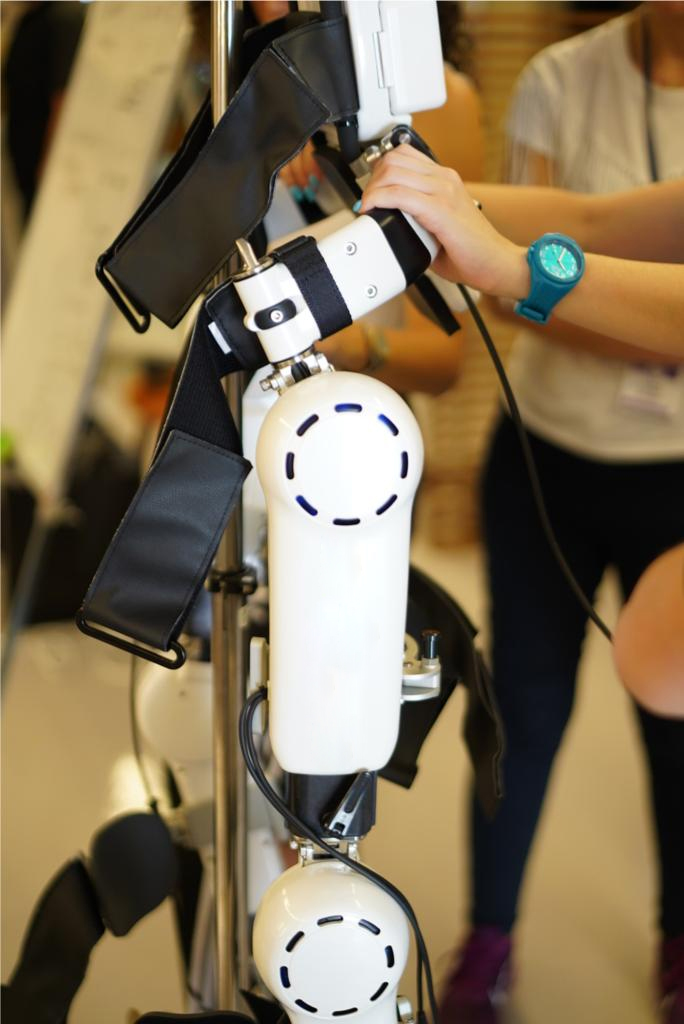Although it is not known by many people in our country, there is a disease that has started to be mentioned more in social media lately: Cerebral Palsy.
According to studies conducted in Turkey about 300 thousand individuals with cerebral palsy. According to the population data for the 3-18 age group, it is estimated that there are 108 thousand individuals with cerebral palsy in this age group.
What is Cerebral Palsy?
Cerebral palsy (CP) is a group of permanent movement disorders that cause problems with muscle control, usually due to brain damage or abnormal development before, during, or in the first few years after birth.
Symptoms of cerebral palsy are usually noticed in a child’s first few years. The most common symptoms include delays in development (for example, delays in raising the head or sitting up), abnormalities in muscle tone (for example, muscles that are too loose or too stiff), and lack of coordination of movements.
Cerebral palsy can differ from person to person. Some people may have mild symptoms, while others may experience severe and life-limiting symptoms. Some people can walk, while others may be wheelchair dependent.
In addition, some people may have additional problems such as speech and learning difficulties. Cerebral palsy treatment is usually geared towards managing the person’s symptoms. This may include a range of treatments such as physical therapy, occupational therapy, and speech therapy. In some cases, medications or surgical interventions may also be required.
Cerebral palsy is usually a lifelong condition. However, with appropriate treatment and support, many people can lead active and fulfilling lives. Some common symptoms of cerebral palsy are as follows;
- Muscle tone abnormalities: The child may feel his muscles looser (hypotonia) or harder (hypertonia) than normal.
- Spasticity: Involuntary contraction and relaxation of muscles.
- Ataxia: A lack of balance and coordination can cause a fall or concussion.
- Movement and walking difficulties: Like a dragging foot or an uneven, wobbly gait while walking.
- Developmental delays: Delays in the development of basic motor skills such as sitting, crawling and walking.
- Difficulties with fine motor skills: Difficulties with tasks such as buttoning or typing.
- Difficulties in speech and language development.
- Swallowing or feeding difficulties.
- Epilepsy: Some cerebral palsy patients may have epilepsy, a condition that may include seizures.
- Mental barriers: In some cases of cerebral palsy, there may be delays in cognitive development or learning difficulties.
- Vision and hearing problems: Some children may have additional complications that can cause vision or hearing problems.
Can Cerebral Palsy be treated?
The root cause of cerebral palsy often cannot be corrected. However, signs and symptoms can be managed and a person’s quality of life can be significantly improved.
- Physiotheraphy: Physical therapy can help improve a child’s muscle strength and overall mobility. It can also help the child develop better balance and coordination.
- Occupational Therapy: Occupational therapy can help develop a child’s daily living skills, especially fine motor skills. This can improve the child’s ability to take care of himself.
- Speech and Language Therapy: Speech and language therapy can improve a child’s ability to speak and help manage swallowing difficulties.
- Medicines: Some medications can help reduce spasticity (excessive muscle contraction).
- Surgical Interventions: In some cases, surgical interventions may be required, which can help reduce muscle tension or increase mobility.
Cerebral palsy treatment depends on the person’s specific symptoms and needs and often requires a multidisciplinary approach.

This means a team of doctors, physical therapists, occupational therapists, speech therapists, and other health professionals can come together to develop a treatment plan that is unique to each person. Early intervention usually provides the most effective results, but treatment can be beneficial at any age.
There are many steps taken in our country for the treatment of this disease.
The first of the two rehabilitation centers serving under the Turkish Spastic Children’s Foundation – Cerebral Palsy Turkey, started to serve under the name of Private Metin Sabancı Special Education and Rehabilitation Center in 2007 under the Ministry of National Education.
In order to serve more children, our second center was opened in 2018 under the name of Private Hıfzı Özcan Special Education Rehabilitation Center.
The total capacity of the two centers is 500 students. These two centers provide services to children, adolescents and adults who have been diagnosed with Cerebral Palsy, pervasive developmental disorders, physical or mental disabilities. The services offered are based on current and scientific approaches.
Spiritual, mental and physical development is supported with an individual training program specially prepared in accordance with the needs of the person receiving the service.
